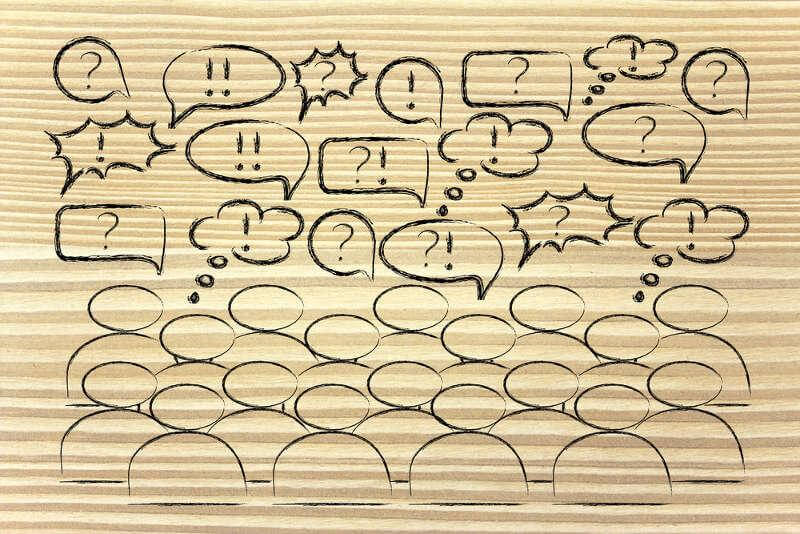No matter where we are, whether in the office, at home, at a parent meeting or on any other social network: we intuitively know who people are and who we love, even if we don’t know why most of the time. .
This information is generally essential to professional or social success as we move forward in our social circles; however, so far, scientists have not understood how our brain recognizes these popular people. popularity of people, in large part, by the region of the brain involved in anticipating rewards.
- “Being able to track the status of others in your group is very important in terms of survival.
- ” said Kevin Ochsner of Columbia University.
- Knowing what is popular or friendly is vitally important when you need or are in danger.
- When looking for an association.
- Or when you need help?physical or political?etc ?.
While sociologists, psychologists and anthropologists have long studied these group dynamics, neuroscientists are just beginning to understand the surface of our perception of people’s social status.
According to Ochsner, with the many areas of work that combine cognitive neuroscience, sociology and social psychology, we will be able to better understand how individual brain processes are connected to a group association.
Someone achieves the social status of a group through power or popularity. Previous research has largely focused on power, but Ochsner and his colleagues wanted to see specifically popularity, capitalizing on social media analysis techniques already available in sociology.
“Now that we have an easy way to define that a particular group is popular, then we can wonder how the brain presents this information, which means that someone has this kind of taste-based status, or in terms of popularity, as part of a group?Ochsner said.
In the new job, Ochsner’s team brought people from student organizations together in the lab to assess how much they love each other, and the researchers used these rankings to mathematically determine what is most valued in each social environment.
Weeks later, the researchers took the same individuals to the lab and underwent an MRI and, at the same time, were shown faces of people. Did participants say whether the faces were people from their own organization or virtual?faces, there are no real people. Researchers wanted to see how participants’ brain areas reacted by seeing the faces of people described as very popular in a group and increasing or decreasing specific brain activity based on their popularity.
With each social network, researchers found the same pattern of brain activity in people looking at the faces of popular people, identifying two critical systems in the brain: the system involved in emotional assessment and reward, and the system involved in social cognition, or our ability to think about the feelings and intentions of others.
First, we should consider that over time we have learned that it is good to feel the rewarding effects of interacting with someone. Even if you don’t personally like someone, you know that person is good for their knowledge based on observing interactions with others. Group members This would explain why the reward system in the brain reacts to popular opinion, because we anticipate the benefits of interacting with them.
Another consideration is that we need to be able to think about mental states, beliefs and thoughts related to other people, especially those of high status, to form coalitions, seek help or work within a group.
On the other hand, the emotional assessment system controls the response of the social cognition system: “The emotional assessment system really holds the key to opening up the popularity of group members and social cognition systems. “Do you think I can expect reward interactions from a particular person, making others think of popular individuals, intentions and feelings!?
They also found that when a person is more popular within a group, these brain systems react more strongly to the eyes of another popular person. This finding suggests that popular people are “very sensitive to how friendly other people are and then can tailor their own. behavior accordingly, ” said Ochsner.
It is important to note that Ochsner notes that these studies controlled several factors, including the attractiveness, honesty and idiosyncratic preferences of people, to ensure that the extent of their popularity was determined. designed to identify reward learning and social cognition.
The work not only addresses the fundamental scientific issue of how we can track social popularity in the brain, but can also provide information about autism and other disorders that affect people’s ability to judge social status. where the effectiveness of a hierarchical structure is often reduced to popularity.

